Barrel Spotlight: One Mash Bill, Two Unique Paths
Welcome back to the Brindiamo Barrel Spotlight, our weekly email series highlighting the barrels, distilleries, and market dynamics shaping today’s...
Bourbon is an American whiskey made with a grain mixture of at least 51% corn, aged in wooden barrels, and bottled at no more than 40% alcohol by volume. It has been a popular drink throughout the United States for years. Indeed, bourbon has a rich history dating back to the late 18th century and has continued to be a beloved drink ever since. Despite its loyal fanbase, the production of bourbon hit an all-time low in the late 1990s.
This decline in production could have been seen as a setback for the future of the beverage industry, but it actually sparked a significant resurgence in the popularity of bourbon. It would have been a smart move for beverage investors to get on board with bourbon, as the drink has experienced a remarkable rise since the beginning of the new millennium.
This has been coined the Bourbon Boom. Let’s look into how it came about and what it means for the future of the heralded spirit.
The early years of the decade saw a positive shift for bourbon. Craft cocktails were gaining popularity, with bartenders and patrons alike recognizing the versatility of bourbon in creating unique and delicious concoctions, leading to increased experimentation with the spirit.
Meanwhile, countries beyond the borders of the United States began to develop a taste for bourbon. The Kirin Brewery Company from Japan acquired Four Roses, a bourbon with its origins in Kentucky. This acquisition resulted in a surge in sales in both European and Asian markets, establishing them as significant consumers of bourbon.
Wild Turkey was purchased in 2009 by Gruppo Campari, an Italian company. This further stretched the reach of Kentucky bourbon to international markets. Production and distribution would be streamlined.
Other international companies followed suit, acquiring American bourbon companies and spreading the beloved spirit even further across the globe. The surge in demand from countries like Germany, Australia, and Japan put pressure on bourbon stockpiles, prompting a rapid increase in production. Despite the rise in prices, the unwavering demand kept the Bourbon Boom going strong.
Pappy Van Winkle’s Family Reserve had what some might call a cult following in the 2010s. Demand for the bourbon skyrocketed, leading producers to raise the price because their stock was quickly diminishing. However, the price rise only added to the drink's exclusivity, and its popularity continued to soar.
This rising star of the bourbon world had a lot to do with the endorsement of Anthony Bourdain, the famous chef and television host. He referred to the drink as an “incredibly wonderful bourbon” and then refused to say the name out of fear that everyone would start drinking it. He then, however, showed the label, which let the secret out.
In addition to gaining recognition for its quality through multiple awards, the bourbon also experienced a surge in prices, attracting the attention of journalists who found a darling in the bourbon world to spotlight. As prices rose, not every bourbon enthusiast could afford the high-end options, leading to increased sales of more affordable alternatives on the shelves. This phenomenon, as they say, benefited the entire bourbon industry.
Bourbon sales experienced a remarkable 50% surge from 2012 to 2017. This upward trend not only reflects the growing demand for bourbon but also the subsequent increase in production. Crafting bourbon is a time-consuming process; some recipes require decades before they reach maturity. Once the wheel is set in motion, it becomes challenging to halt the momentum.
Furthermore, the market is showing no signs of slowing down, with millennials playing a significant role in fueling this boom. This demographic has many years ahead to continue purchasing and enjoying bourbon. The optimistic news is that current production rates will be able to meet this demand in the future.
As an example of stock expansion, Wild Turkey is investing in a warehouse that will hold 46,000 barrels at a cost of $2.2 million. This is just one of the 68 distilleries in Kentucky. It’s estimated that Kentucky alone has a stockpile of around 7.5 million barrels of bourbon—the largest amount in more than 40 years.
So why is this of interest to beverage investors? The demand is there, and so is the stock. Now is the time to jump into the industry if you ever plan on doing it. The Bourbon Boom shows no signs of slowing down.
The Brindiamo Group has been helping beverage investors source whiskey barrels for years.
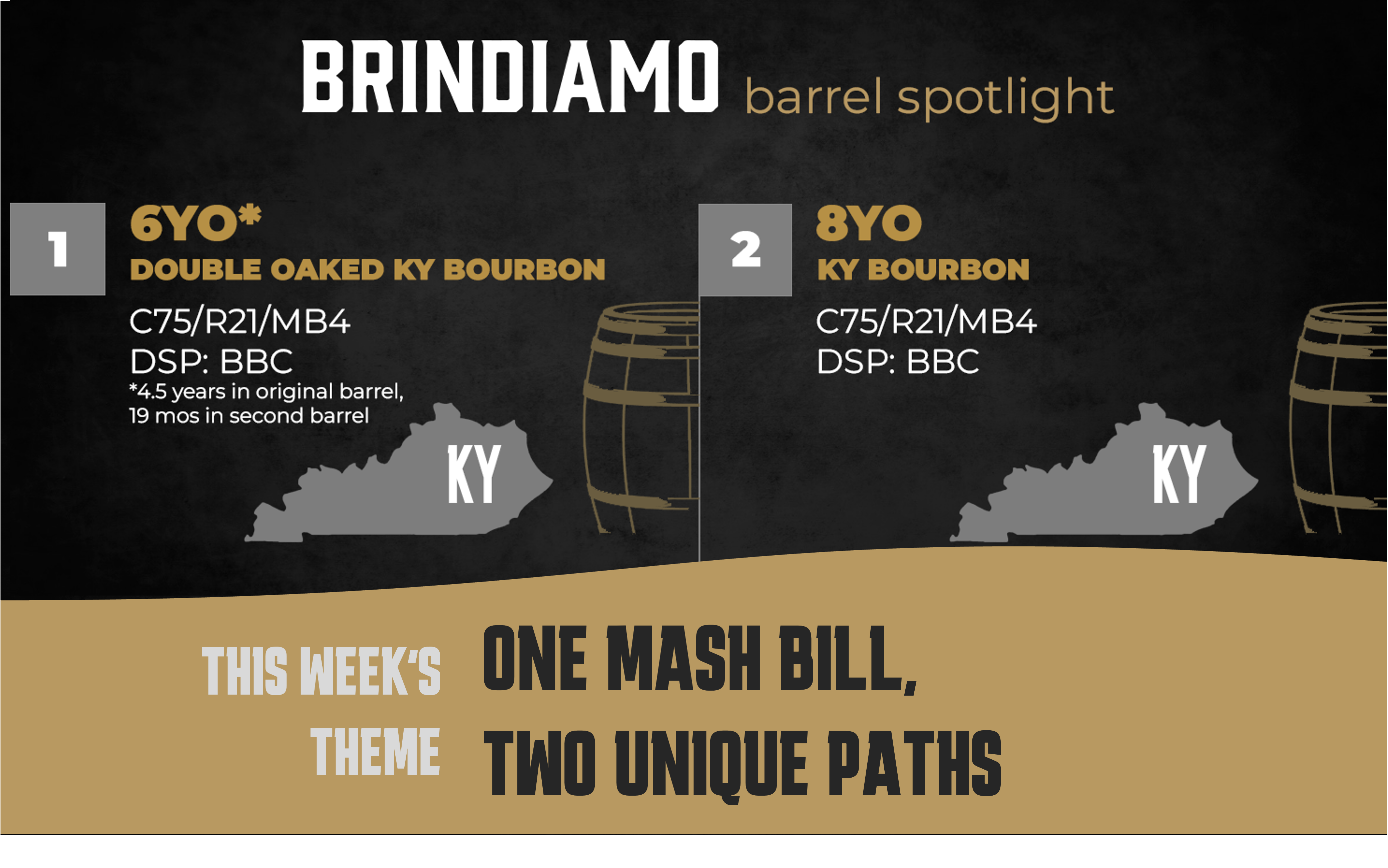
Welcome back to the Brindiamo Barrel Spotlight, our weekly email series highlighting the barrels, distilleries, and market dynamics shaping today’s...

The market for bourbon barrels is bifurcated. Over the course of the last 24 months, the conversation has shifted from how to find whiskey to how to...
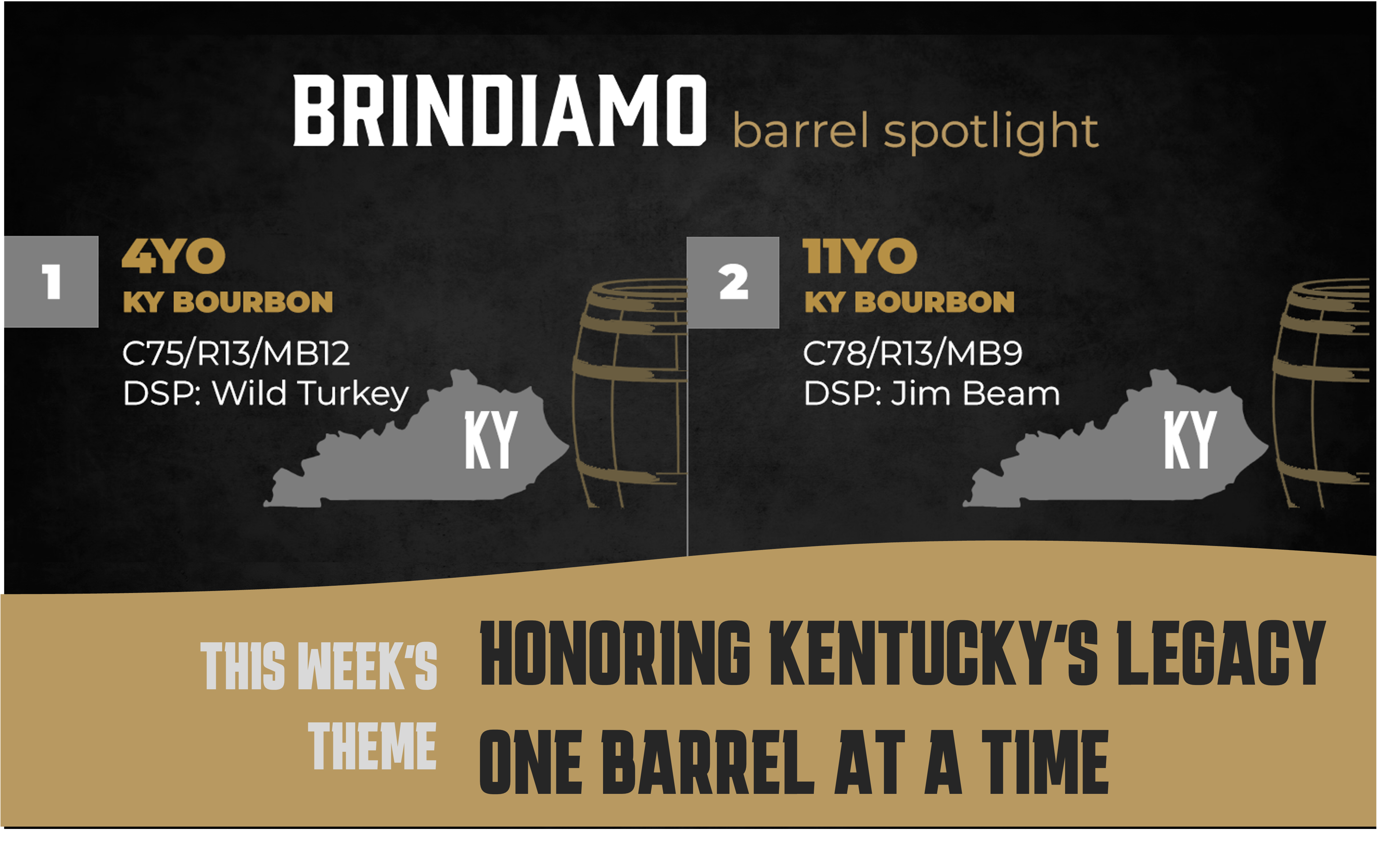
Welcome to the Brindiamo Barrel Spotlight, our weekly series celebrating the barrels, distilleries, and market dynamics shaping today’s whiskey...
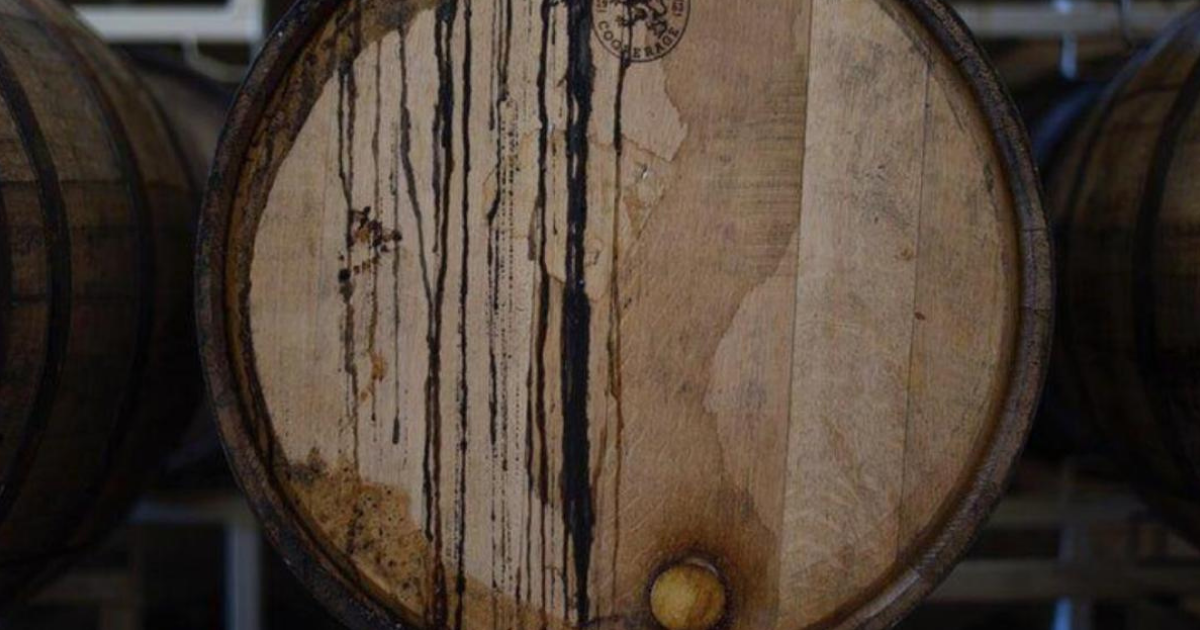
Getting started with investing can be intimidating for those who are new to it. With so much to think about, it's understandable to feel overwhelmed....
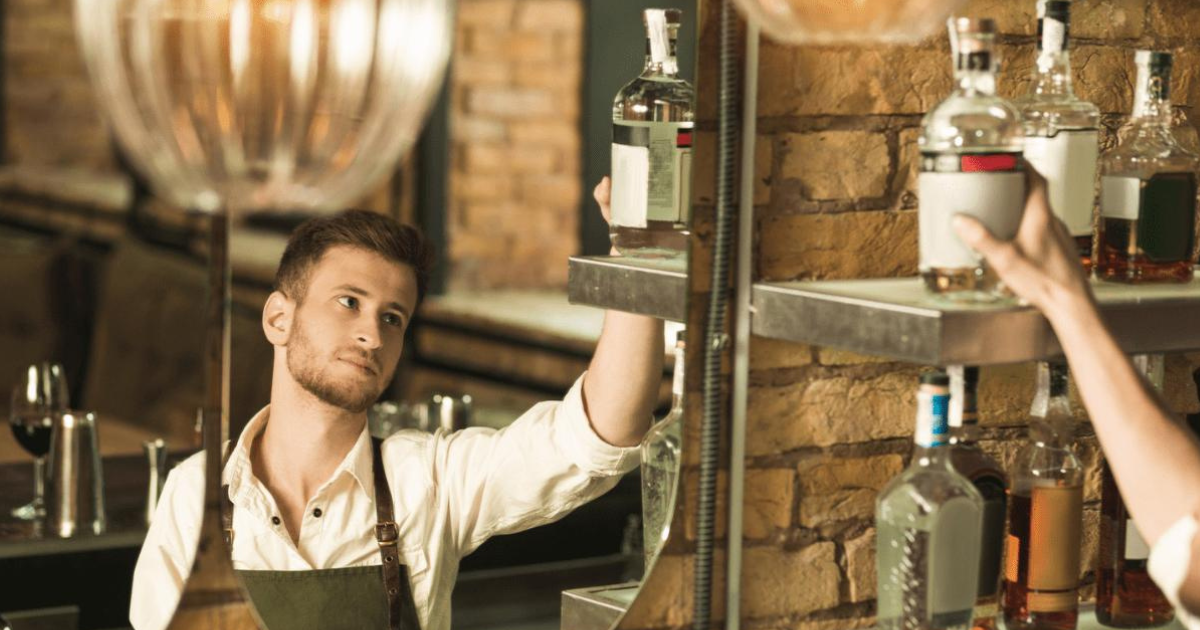
With cocktail culture sweeping across the United States, bourbon, a specialized form of whiskey, has captured the hearts of millennials. Sales of...
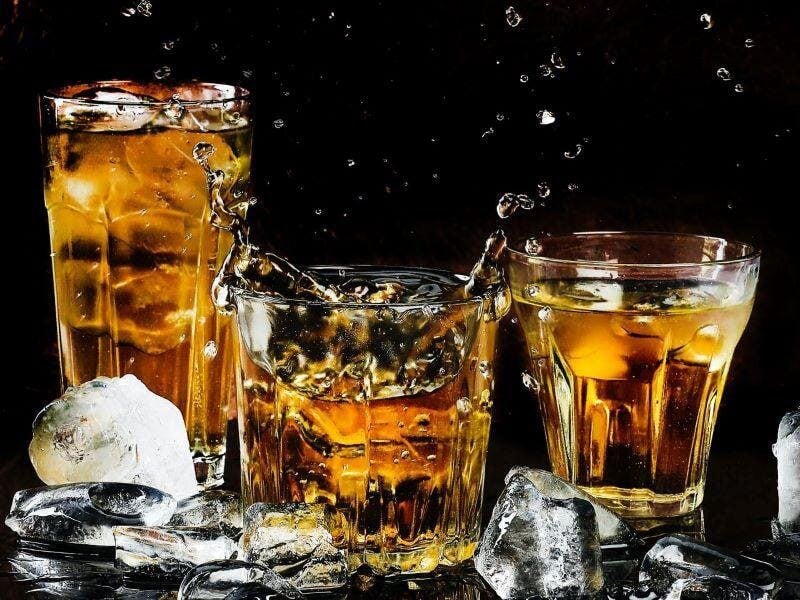
The beginning of a new year presents a wonderful opportunity for individuals to assess their financial situation and establish goals. What are your...
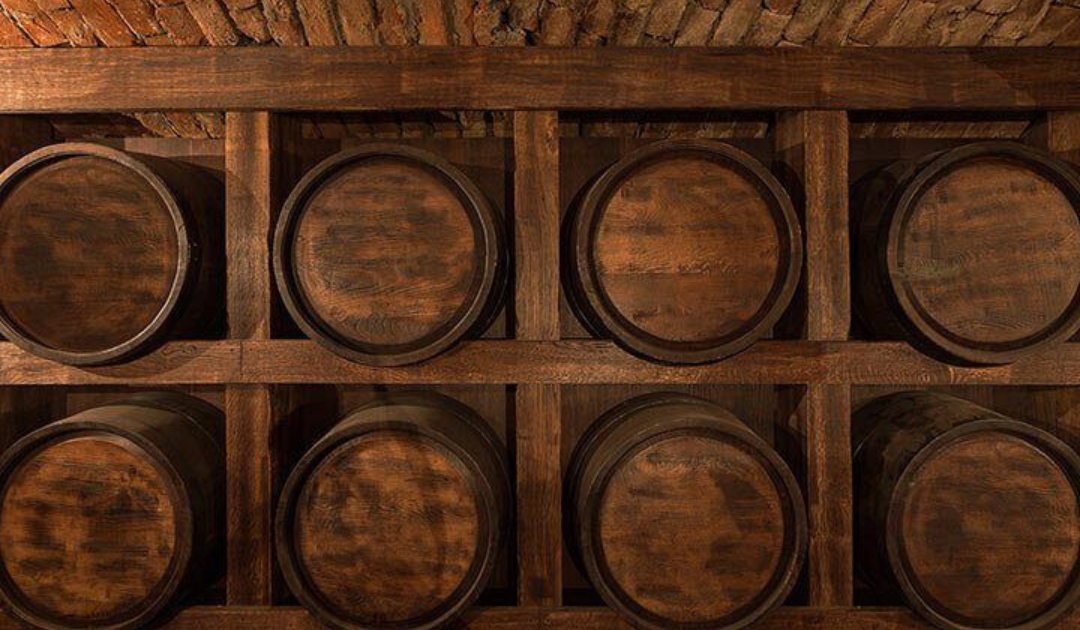
Join the conversation
Leave a comment below.